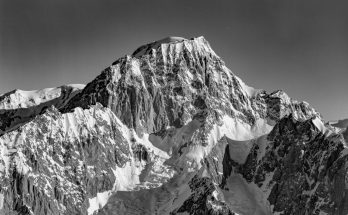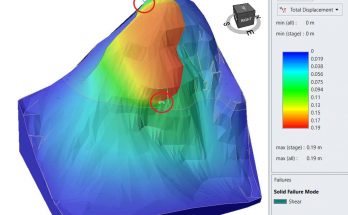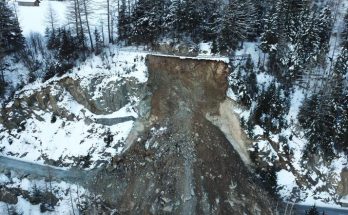Zeynabou Sy
Directors: Prof. Michel Jaboyedoff, Serigne Faye
The Dakar region experiencing recurrent floods in the years 1989 to 2012. These recurrent flooding particularly affect the urban area of Pikine and Guediawaye. Previous studies show that these floods have a positive development in the sector. The various complex causes of these events can be summarized in urban causes, demographic, topographic and hydrogeological. The departments of Pikine and Guediawaye have depressions high endoreic character. These interdunals depressions are called Niayes. They are outcrop areas of the aquifer of Quaternary sands of the Cap-Vert peninsula. So these localities where floods occur are naturally areas for the development of this hazard. These agglomerations of Pikine and Guediawaye were born following the drought of the 1970s. During the drought the rural exodus has led to migration and therefore the urbanization of these areas. They were areas of wet and swampy depressions seasonally. The drought led to believe that they had become dry and therefore they became apt for human habitat. They were so rapidly urbanized, the Dakar region saw its population in the peri-urban area increased from 23’000 in 1960 to 1’044’814 inhabitants in 1998. On the other hand the area of the Cap-Vert Peninsula home under the dune sands of the Quaternary, a free aquifer : the aquifer of Thiaroye. Thus Niayes are outcrops of this aquifer. The aquifer of Thiaroye was exploited in 1950, contact with the ocean has created a risk of causing salt intrusion and stop its pumping between 1959-1961. After the withdrawal of the bevel, the pumping restarted with a lower rate. Thus the lower pumping and the rarity of rainfall in the 1970s, have maintained the level of the low table. These two factors contributed to drought wetland making think that these areas have become dry. Uncontrolled urbanization in towns of Pikine and Guediawaye was done anarchic way without respect of any construction standard. This has led to the return of the aquifer wastewater. Very high levels of nitrate in groundwater have trained to the decline in pumping rate and eventually stop pumping. The population is growing, the region of Dakar imported its water from the Guiers lake in addition to operating in the aquifer of infrabasaltiques sands (confined aquifer) located at the head of the Cap-Vert peninsula. These imported wastewater is an additional recharge for the aquifer. The decrease in the flow of rates, returns to the aquifer of wastewater; makes the most superficial aquifer. The low permeability of the sands as that the surface of the aquifer becomes closer to the ground. The recovery of rainfall since the 1995-1999 in a context of aquifer very close to the ground and urbanization in depression areas mean that floods have become recurrent in the Dakar region. The total cessation of drilling operations is a decision that may reinforce the scale of such disasters.



